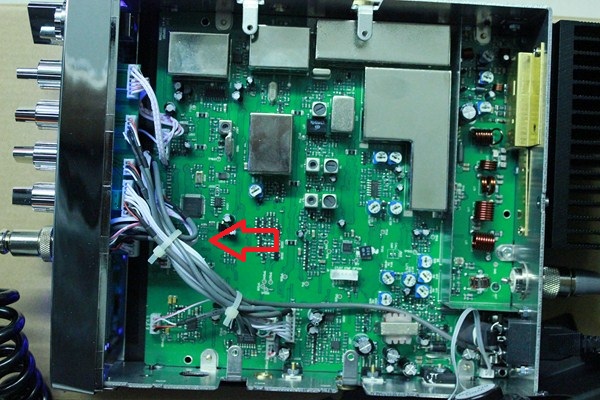

This system is available in two modes, Tet-on and Tet-off, which permit Dox-dependent gene activation or inactivation. Dox is much more cost-effective, usable and efficient in controlling the Tet receptor (TetR) than tetracycline. Inactivated rTA is not able to bind to tetO 7 promoter and therefore Cre expression is inhibited.Īnother temporal and cell specific inducible system is tetracycline (Tet) system, also called doxycycline (Dox a tetracycline derivative)-inducible Cre system. Upon Dox administration, tTA interacted with Dox is inactivated. (C) In Tet-off system, in the absence of Dox, activated tTA is able to bind tetO 7 (TRE) sequence of cre and induces the Cre expression. Activated rtTA binds to tetO 7 promoter of cre and induces the Cre expression. Following Dox administration, Dox interacts with the rtTA and allows to activate. In the absence of Dox, inactivated rtTA is unable to bind tetO 7 (7 repeats of a 19 nuclotide tetO minimal promoter, also referred to as TRE) sequence of cre gene. (B) In Tet-on system, ubiquitous or tissue-specific promoter driven rtTA is expressed. (B and C) Doxycycline (Dox)-induced Tetracyclin (Tet)-on and -off systems. In the nucleus, the CreER recognizes the loxP sites (4) and inactivates the gene Y in tissue X (5). Interaction of ER with Tam induces nuclear translocation of Cre (3). Administration of Tam disrupts the interaction of HSP90 with CreER (2). In the absence of tamoxifen, expressed fusion protein, CreER, interacts with heat shock protein 90 (HSP90) and exists in cytoplasm (1). (A) Tamoxifen (Tam)-inducible System of estrogen receptor fused to Cre (CreER). Principles of Inducible Cre-loxP mutation system. Thus, the use of CreERT2 is more preferred in several biological fields. To improve the function of targeted mutagenesis using CreERT, a new version of CreER, CreERT2 (Cre-ER T2), that is about ten-folds more sensitive to 4-OHT in vivo than CreERT has been generated. In this system, tamoxifen is systemically administered via intraperitoneal injection. This causes nuclear translocation of CreERT and the interaction of Cre with loxP sites ( Figure 2A). Upon binding the synthetic steroids (such tamoxifen or 4-hydoxytamoxifen 4-OHT), the interaction is disrupted between HSP90 and CreERT. The fused Cre protein is called CreER recombinase, tamoxifen (also known as CreERT, Cre-ER T) and normally presented in the cytoplasm in a form that binds to heat shock protein 90 (HSP90). Tamoxifen-inducible Cre system is achieved by modified Cre protein fused with the estrogen receptor containing a mutated ligand binding domain (ER-LBD). An inducible Cre system is controlled by cell-specific regulatory elements (promoters and enhancers) and temporally inducible way by exogenous inducer such as tamoxifen (tam) or tetracycline (tet). To achieve more accurate genetic functional studies and clinical applications using Cre- loxP system, it was required a more sophisticated technique that controls the Cre activation at the precise time and in a specific cell. The specificity and timing of recombination are controlled by used promoter and/or enhancer. Conditional knockout mice are then generated by breeding the Cre-driver strain with a floxed mouse strain ( Figure 1B). Second, loxP flanked (floxed) DNA containing mouse strain is needed to be generated. First, Cre-driver strain is generated in which Cre recombinase is expressed by a promoter that specifically targets the cell or tissue of interest. To generate the spatiotemporally controlled mutant mice, two elements are needed in the Cre- loxP system. While the Cre- loxP system is predominantly used in genetic excision, it also induces the inversion and translocation of DNA between two loxP sites depending on the orientation and location of loxP sites. Concerning the mechanism of Cre- loxP system, a single Cre recombinase recognizes two directly repeated loxP site, then the Cre excises the loxP flanked (floxed) DNA, thus creating two types of DNA with circular, excised and inactivated gene Y ( Figure 1A). This system has advantages which is very simple manipulation and do not require additional factors for efficient recombination.

Cre- loxP system is a widely used powerful technology for mammalian gene editing.


 0 kommentar(er)
0 kommentar(er)
